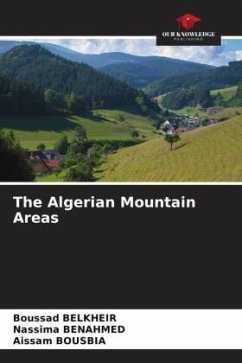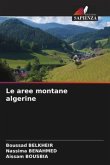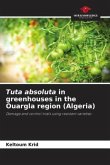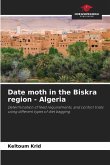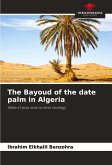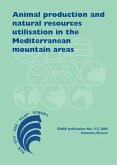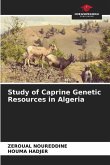In Algeria, the mountain areas cover 8.71 million hectares, or 3.66% of the national territory. The forest, with its 3 million hectares, occupies an important place on the environmental, socio-economic and cultural level. This area consists of 711 municipalities in 34 Wilayas representing 65% of the space in the northern region and along the high steppe plains of the country. It occupies a useful agricultural area of over 3.4 million hectares (40.25% of the national UAA). The olive tree which characterizes this region represents more than half of the surface of the fruit plantations. The Rural Economic Development Index (REDI) is low compared to the Human and Social Development Index (HSI), which explains the significant rural exodus in the region (23.22% of the communes are repulsive to immigration). The Women's Participation Index (WPI) calculated in 462 mountain communes remains moderate. As for the Index of Rural and Sustainable Development (IDRD) remains acceptable, this confirms the considerable efforts of the State in terms of investment aimed at improving the living conditions of mountain populations through PPDRI.
Bitte wählen Sie Ihr Anliegen aus.
Rechnungen
Retourenschein anfordern
Bestellstatus
Storno

